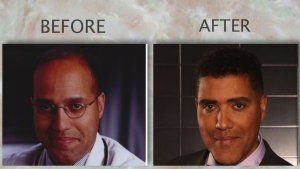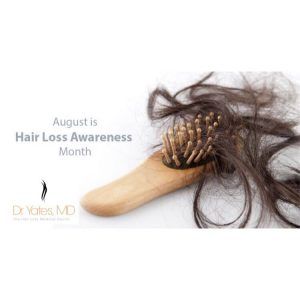Botox, what is it and how does it work?
- By Testing Testing
- •
- 31 Jul, 2017
- •
Botox, what is it and how does it work?
Botulinum Toxic type A is a neurotoxin protein approved by the FDA to use for temporary improvement in the appearance of moderate to severe facial frown lines and also for other medical uses.
In 1987 a medical practice split between a Dermatologist and an eye Doctor, noticed that the BOTOX injected near the eyes to treat blepharospasm (uncontrollable eye twitching) was also diminishing the patients’ frown lines, some patients were even asking for it even if the eye twitching wasn’t present. It took a few years for the FDA to approve BOTOX for cosmetic use, but since then, it has become the number 1 non-surgical cosmetic procedure and although providers were targeting mostly females, BOTOX has rapidly become the number 1 cosmetic procedure for males as well.
Botox is cosmetically used for treatment of wrinkles, most often the wrinkles on forehead lines, crow’s feet and frown lines. When a wrinkle is injected with BOTOX, the muscle cannot contract, hence softening/disappearing the appearance of the wrinkles.
How is the BOTOX applied? How soon will I see results?
BOTOX should only be applied by a Medical Doctor or Registered Nurse,
certified and knowledgeable of facial anatomy and neuro-muscular
dynamic. All BOTOX applications should be done in a medical setting.
BOTOX treatments vary in length depending on the areas to be treated,
but it is mostly a rapid procedure. The MD or RN will assess your face
and ask you to gesture and wrinkle in order to determine where the
injections will be best administered at, then they will clean the area
to be treated and inject.
Results are typically seen 24-72 hours and full results within two
weeks, the results last between 3 to 4 months depending on the area
treated.
What not to do after?
Although you can go back to your daily activities, it is advised that
you avoid laying down for the next 4 hours and that you don’t touch the
treated areas.
Dr. William Yates is a Board Certified Surgeon, owner of Dr. Yates LifeStyle Med, we thrive in providing our patients with the utmost care and satisfaction. Our team of experts are all medically trained, Allergan trained and our Nurse is a Member of the American Society of Plastic Surgical Nurses and The Illinois Medspa Association.
Call us today, to schedule your free consultation!







